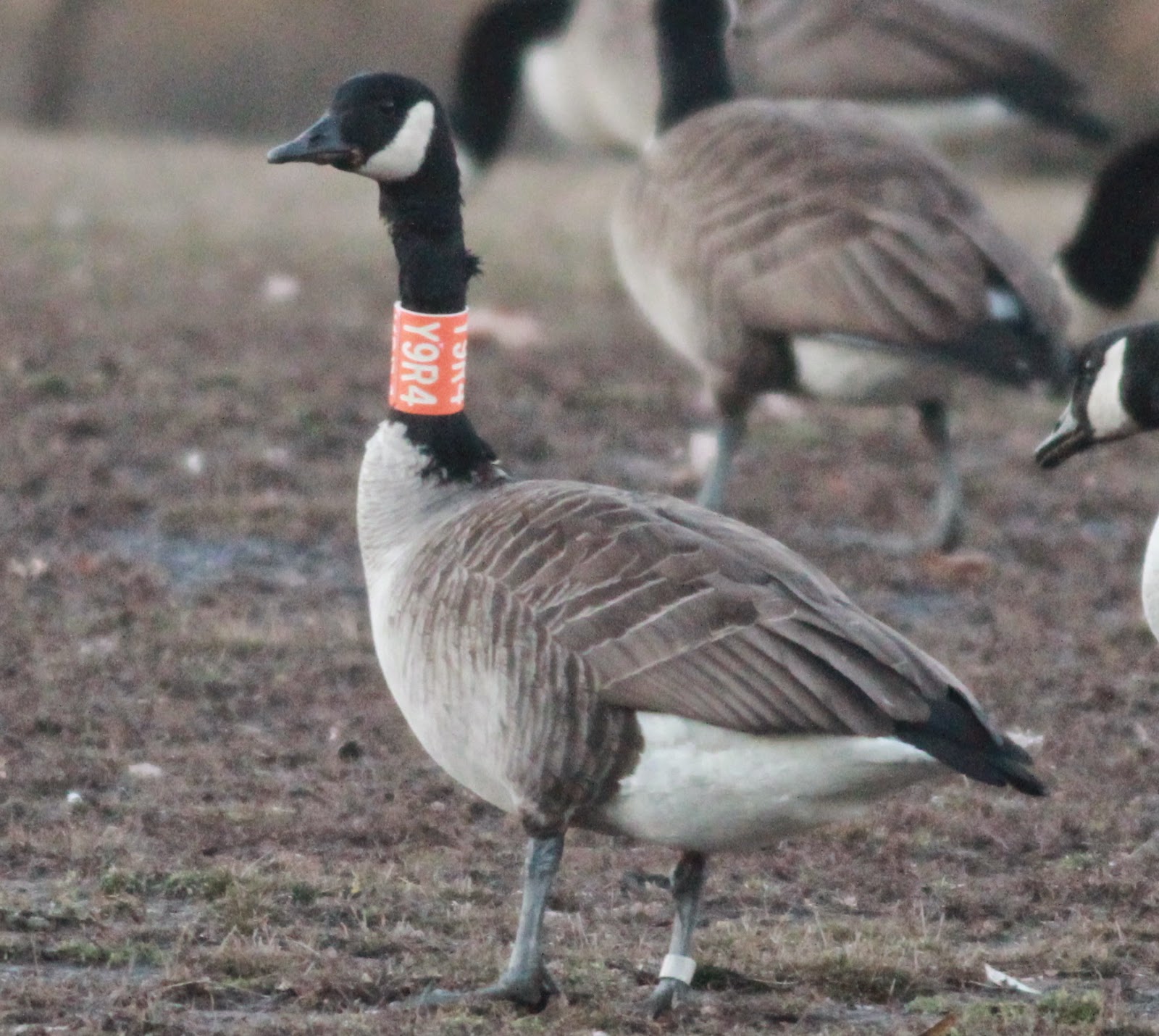A winter pelagic trip out of Freeport on Long Island with Seelife Paulagics again. The aim of the trip is to get a look at winter gulls and alcids, and in that the trip was a tremendous success. At the start there were plenty of
Long-tailed Duck close to shore, along with
Black Scoter, Red-throated Loons and
Red-breasted Merganser. A Peregrine scattered on group of gulls before we lost sight of land, causing some confusion amongst the birders as well as the birds. Once we were out of sight of shore we started to see some alcids.
Razorbills only at first, with a few
Guillemots (which I now have to call
Common Murre). The boat crew started to distribute chum, and we soon had a swarm of gulls following us around. Most of the gulls were
American Herring Gulls and
Great Black-backed Gull, but there were smaller numbers of
Ring-billed Gull and
Lesser Black-backed Gull. A few more scarce species showed up, we eventually saw about 25
Bonapartes Gull, 3
Kittiwake, 1
Iceland Gull, and 1 possible
Thayer's Gull.
The main target of the trip for me was
Little Auk (known here as
Dovekie). The prime conditions for this bird are a water temperature of 45 F. We clearly found this temperature gradient as all of a sudden we started to see small groups, all in flight.
The trip back was rougher than the trip out, with few additional birds. Principal additions to the day list were
Common Eider, Surf Scoter and
Common Loon.
Bonaparte's Gull. Small groups of up to 20 birds close to the coast at Jones' inlet, and singles at various times further out to sea.
Kittiwake. 3 individuals (or the same bird 3 times) followed the boat for brief periods.
'Kumlien's' Iceland Gull. Only one bird seen, for no longer than 5 minutes.
Adult winter
Lesser Black-backed Gull. 2 or 3 birds present pretty constantly on the way back into shore.
2nd winter
Lesser Black-backed Gull.
Razorbill. The commonest alcid, lots of small groups or singles throughout the day.
Dovekie, aka
Little Auk. a few groups of up to 10 birds at a time, only when far from shore.
Juvenile Northern Gannet. Birds present all day, some even following the boat and coming in for chum.
Adult
Northern Gannet.
Thayer's Gull? A bit of a mystery bird, which none of the guides on board were prepared to identify. It looks pretty good for Thayer's Gull to me: The jizz was very much Iceland Gull type, with a small roundish head. The primaries, while very pale, are too dark for Iceland. The dark tips to the primaries extend as far as the greater coverts on both P10 and P9, a good feature for Thayer's. The upperparts are a little too slaty grey for Kumlien's.
Greenish-yellow bill, small gonyeal angle and limited dark tips to primaries on the underwing. The main stumbling block to identifying the bird definitively as Thayer's is the pale eye. Thayer's eye is generally darker apparently, though as many as 10% have a pale iris. Even those with a pale eye show dark speckling in the iris.
The choice seems to boil down to an extremely dark Kumlien's Gull, or a Thayer's Gull with an extremely pale iris. Whatever it is it's an outlier...



















































